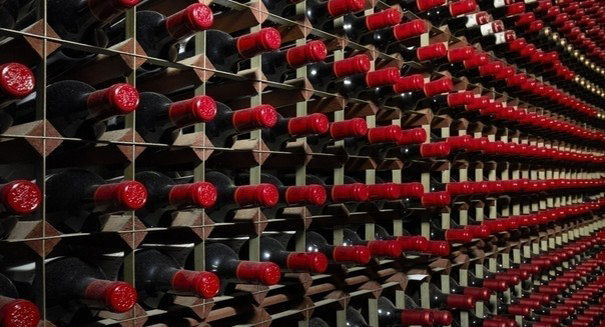
New "sequential inoculation" technique improves flavor while lowering alcohol content.
Oenophiles, rejoice. Researchers in Australia have found new strains of yeast that promise to improve both the flavor of wine and the longevity of that flavor. Metschnikowia pulcherrima AWRI1149 and Saccharomyces cerevisiae achieve this by slightly lowering the alcohol content of the wine, reducing its effect on flavor.
Boozehounds might scoff at the idea of taking the punch out of an alcoholic beverage, but the development is good news to wine aficionados around the globe. The alcohol content of wine has crept up in the last decade or so, from the standard 12-12.5% ABV to north of 15% ABV, in some cases. For many, this creates a problem in preserving the character and flavor of the wine. Higher alcohol also poses something of a public health risk, making drunkenness that much more achievable. Some countries even levy taxes based on alcohol content.
To say that a potential answer to these woes is welcome is an understatement.
In order to achieve the reduction, the investigators evaluated 50 different isolates from 40 species and 24 genera of yeast for their capacity to produced wine with reduced ethanol concentration. For experiments in which the yeast was set to work separately on Chardonnay and Shiraz musts, they settled on Metschnikowia pulcherrima AWRI1149, the most successful of the bunch.
Once the slower-growing Metschnikowia yeasts had consumed 50% of the sugar, S. cerevisiae were added to the mix to complete the process. Known as “sequential inoculation,” this reduced the alcohol content in Shiraz from 15% to 13.4%. Controls not inoculated with non-Saccharomyces strains did not produce reduced alcohol content. Using the technique, the Chardonnay experienced an slightly greater reduction, according to the report.
“The reduction isn’t all that great, but it’s in the right direction, and with more work, they might get that even lower, perhaps by letting the non-Saccharomyces yeast go longer before you throw in the Saccharomyces,” says Alan Bakalinsky, of Oregon State University, Corvallis, who was not involved in the research.
The good news for vintners is that the process – sequential inoculation – need not be relegated to science labs. In fact, it can be implemented in any winery.
“It is using techniques—sequential fermentation—that can easily be used in the winery on a commercial scale,” said Louisa Rose, a director of the Australian Wine Research Institute.
Other studies analyzing non-Saccharomyces yeast failed to produce the same dramatic level of alcohol reduction.
The rise in alcohol content in wine has resulted from later harvesting of red grapes. This allows the tannins—responsible for astringency and bitterness—to soften, and in some varieties, it helps minimize the presence of off-flavors, like methoxypyrazines (green pepper/asparagus sensory notes). But on the downside, the boost in alcohol content reduces aroma and flavor intensity, impairing the oenological experience. Reducing the alcohol would enable the best of both worlds.
Leave a Reply